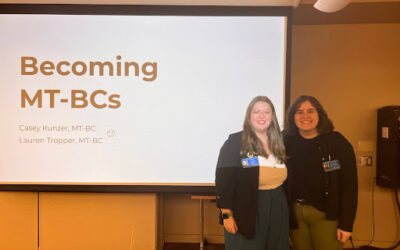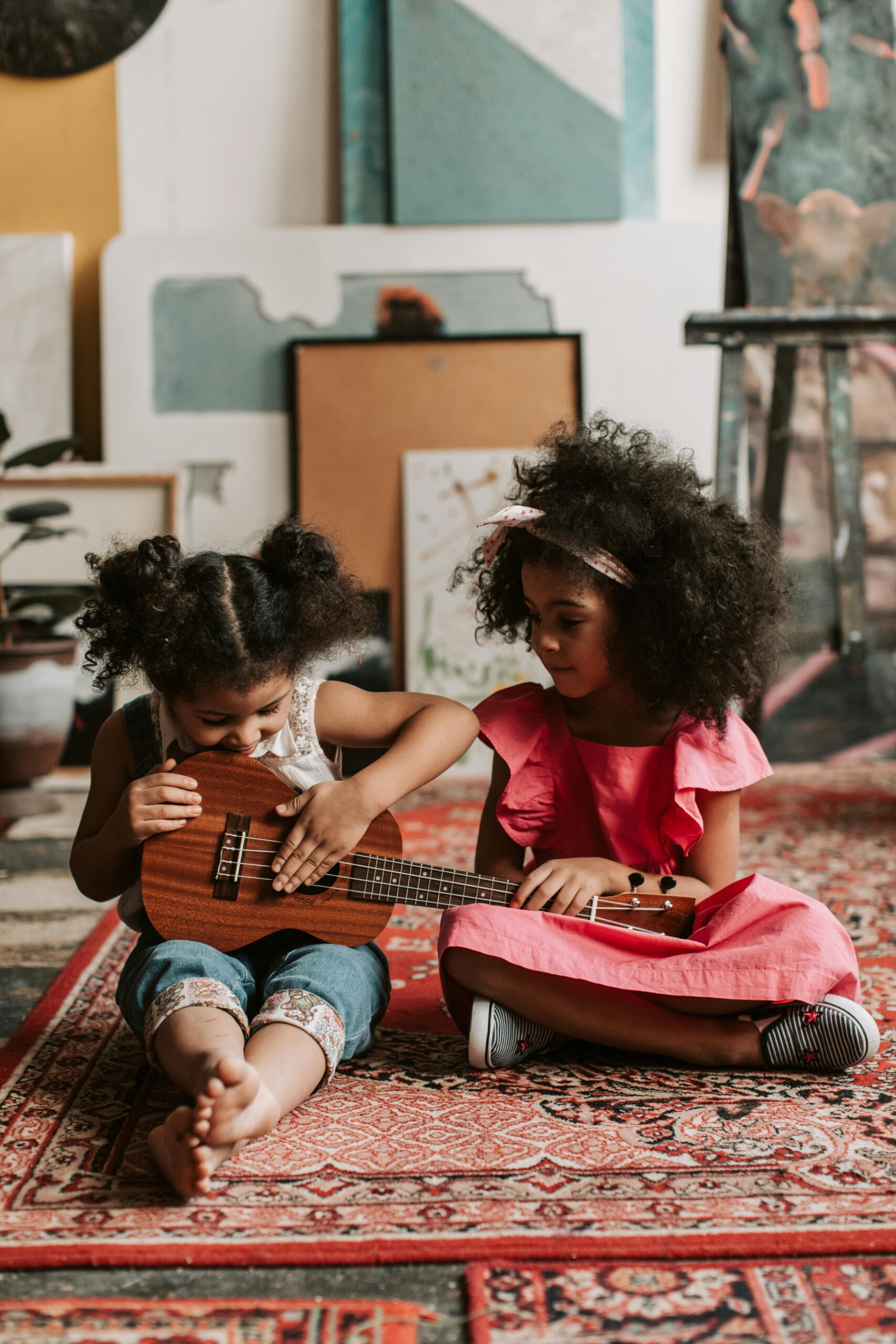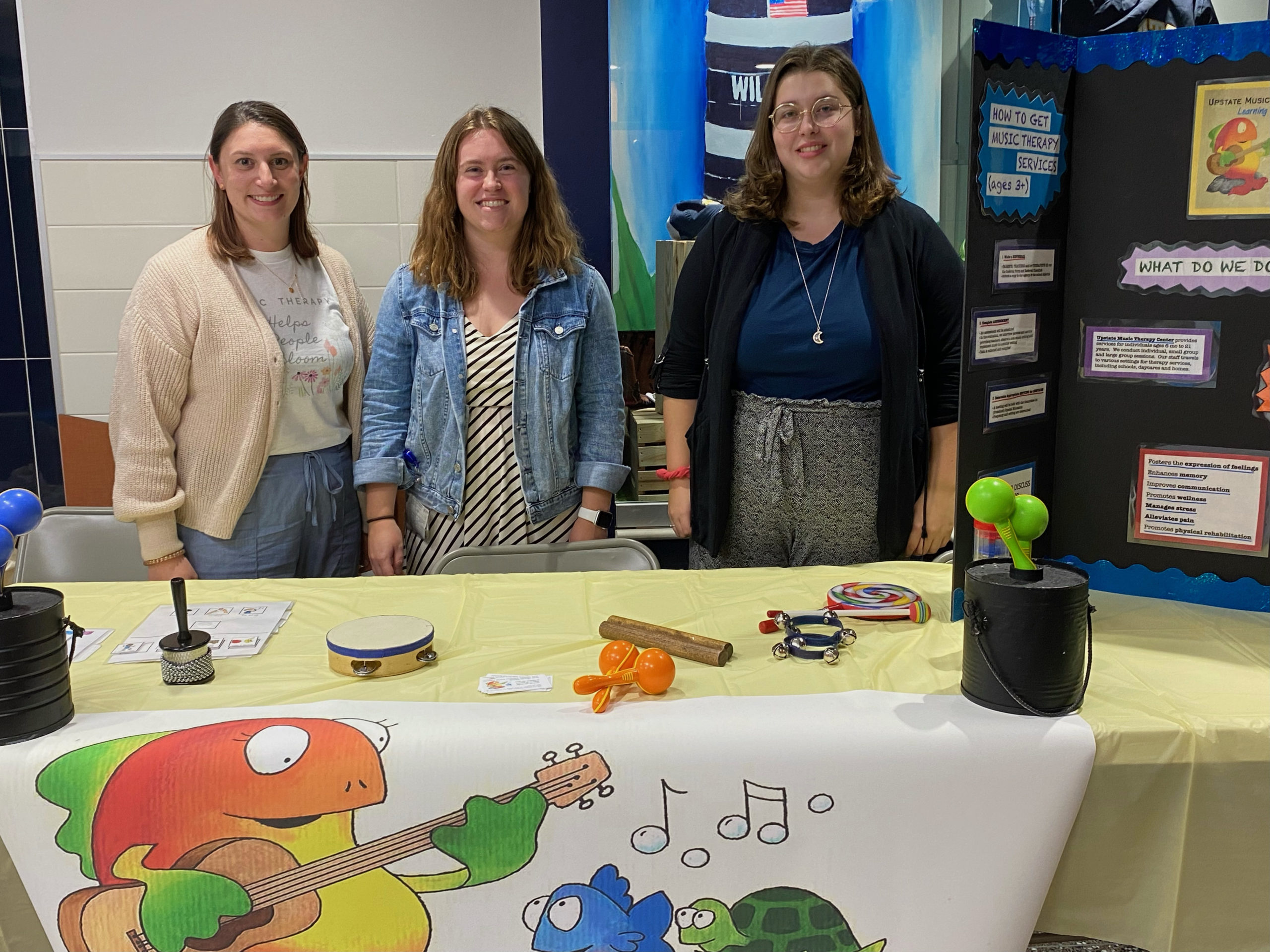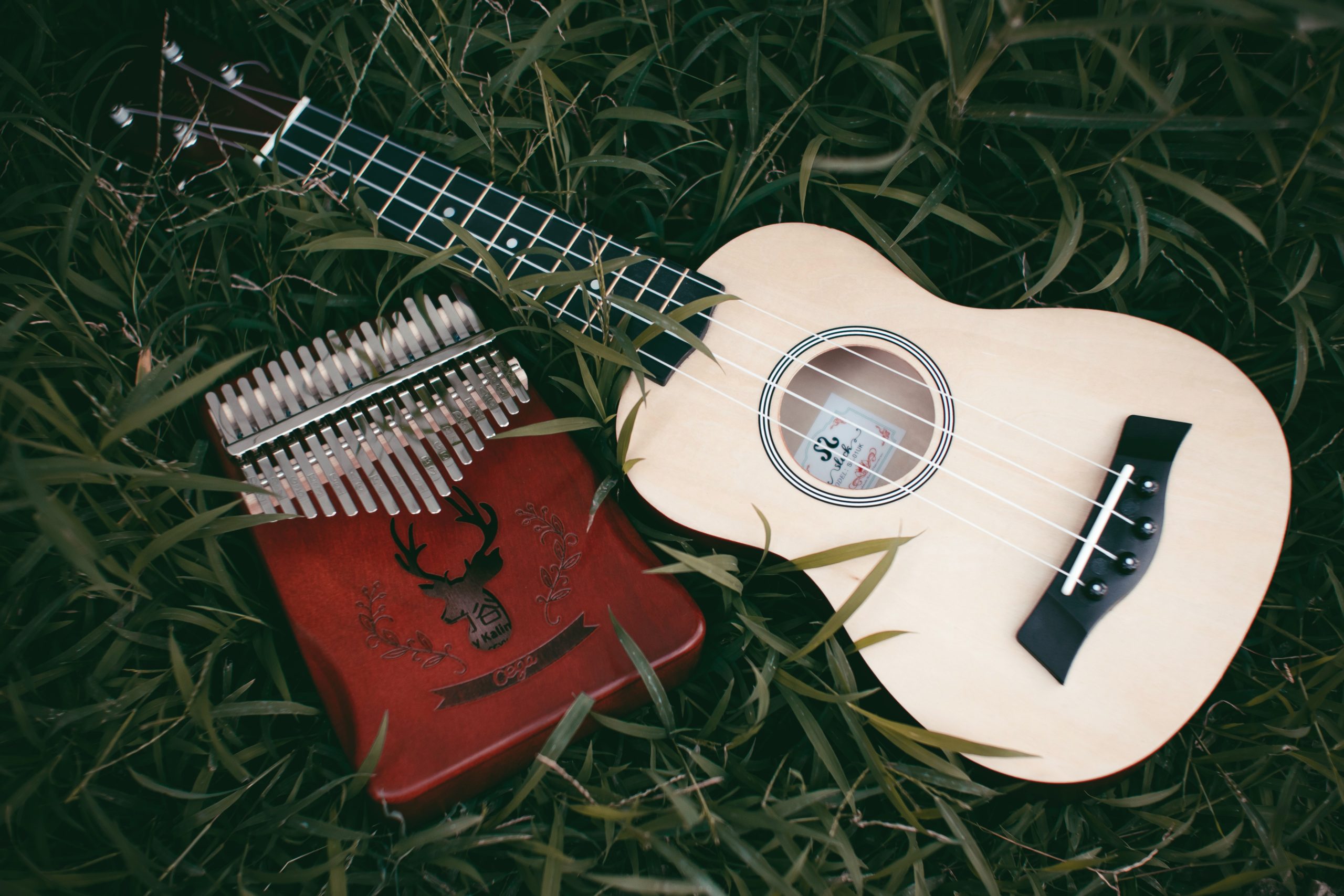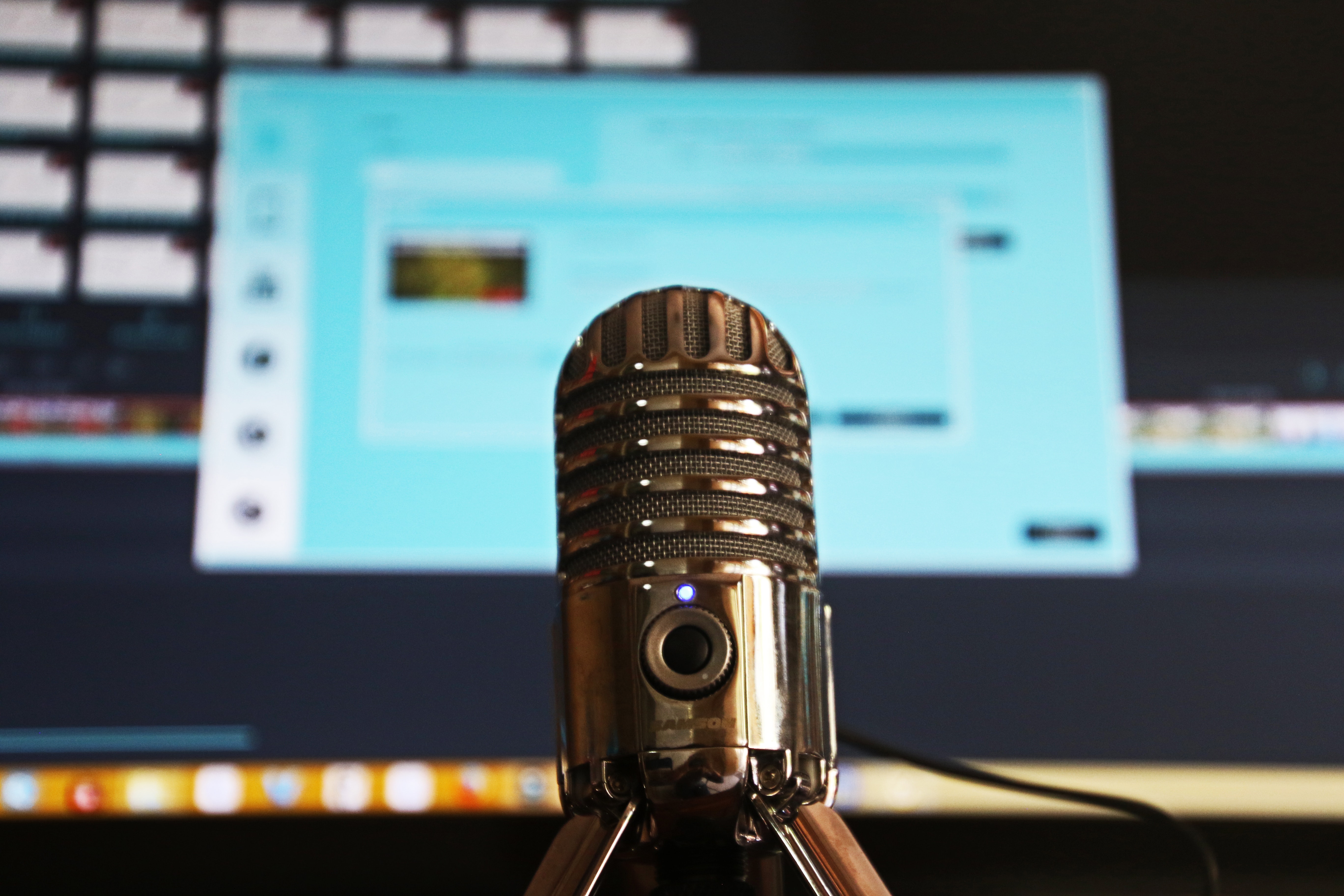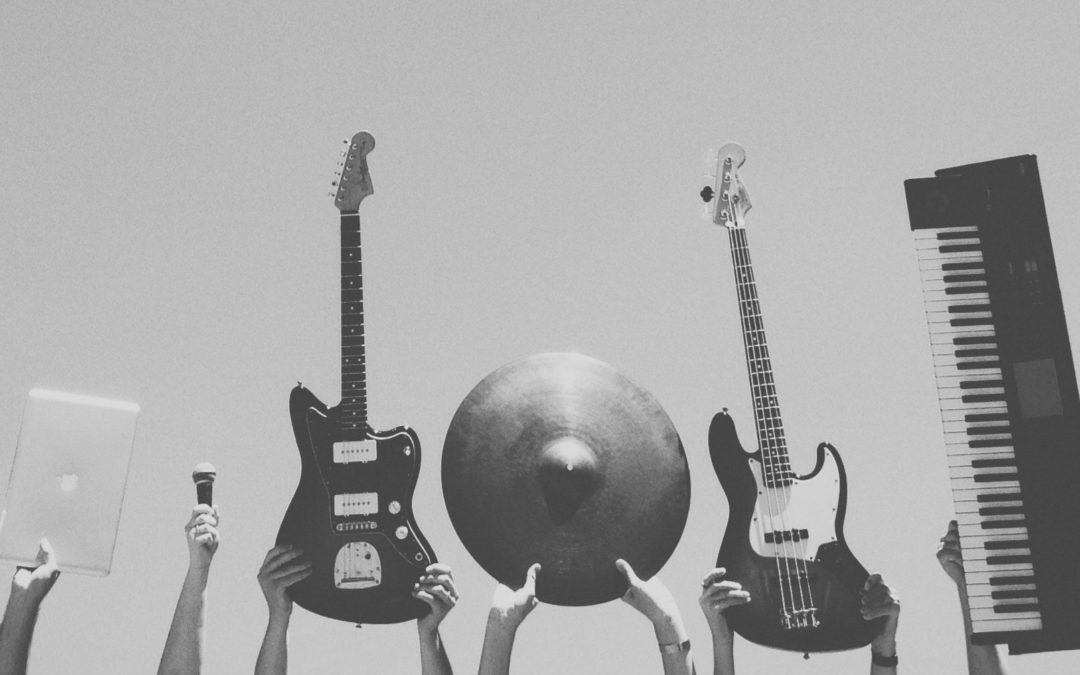This blog was written by Casey Kunzer, MT-BC On March 1st myself and my colleague Lauren had the opportunity to attend and present at SUNY Fredonia’s Mini Music Therapy Conference. Our presentation, “Becoming MT-BCs,” aimed to educate and empower student music...
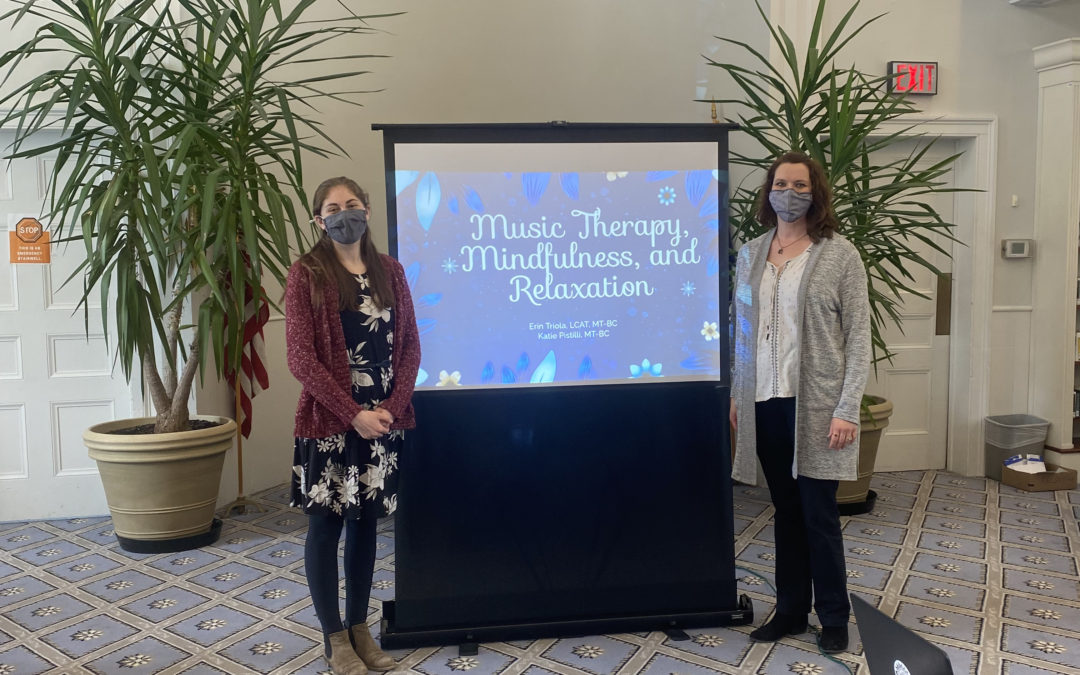
Current Events: Thrive to Survive Workshop
Written by Katie Pistilli, MT-BC
This month, Upstate Music Therapy Center employees Erin Triola, LCAT, MT-BC and Katie Pistilli, MT-BC met a wonderful group of people through the Thrive to Survive support group. Katie and Erin conducted a workshop for Thrive to Survive that included a few different creative arts experiences. Participants were cancer survivors, caregivers, family, and friends. Within moments it was clear that Thrive to Survive is a tight-knit group. In fact, Thrive to Survive just celebrated its 10-year anniversary and this meeting was their first in-person since the pandemic began. The positive energy reverberated throughout the room.
UMTC wanted to offer an experience that would relax, connect, and inspire the participants. Music therapy benefits cancer survivors in more ways than one. To name a few, music therapy offers:
- Reduced anxiety; improved mood
- Improved quality of life
- Pain control
- Decreased shortness of breath
- Decrease in heart rate, respiratory rate, and blood pressure
- Increased positive immune response
- Caregiver joy and empowerment
Mindfulness, Art, and Music
As a part of the workshop, the participants participated in a few different music therapy interventions such as mindfulness-based art and music activity. During this experience, the participants were encouraged to listen to soothing music, breathe deeply, and allow themselves to color, draw, or write whatever came to mind. There were a couple of participants who shared that they felt “relaxed and peaceful” afterwards. For some, the busy thoughts and worries in their mind slowed down.
The Power of Lyrics
Give me the beat boys and free my soul
I wanna get lost in your rock n’ roll
And drift away
Do those lyrics ring a bell for you? Every single participant knew the song “Drift Away” by Dobie Grey. The group had a conversation about what memories the song brings, what lines stand out, and what the song means to them. Where can music transport you? It was amazing to see how we can all be connected and feel the positivity of a song, but all have a different interpretation of the lyrics.
Music therapy interventions not only benefit the individual undergoing treatment but their caregivers as well. For those with a terminal illness, music therapy may act as a bonding experience. Participating in shared music experiences may bring patients and caregivers closer together, cultivating positive memories to look back on. To conclude the workshop, the participants grabbed a small shaker, drum, or percussion instrument to play along to the timeless classic “Lean on Me.” One thing is for certain, the survivors of this group all have each other to lean on!
Connect with Thrive to Survive
The Thrive to Survive group meets monthly, and workshops range from creative arts experiences, to resource events with social workers, or cheering at the Middle Finger 5k on Seneca Lake. If you or anyone you love is looking to be a part of this support group, you can email them at: [email protected]
Interested in having our therapists do a workshop or training for your organization? Learn more about our community education opportunities by clicking here.
Becoming MT-BCs: Presented by Casey Kunzer, MT-BC
World Music Therapy Week 2024
This blog was written by Robin Neary and Amy Thomas. Happy World Music Therapy week! It brings us joy to know that all around the world music therapists are coming together to celebrate and educate our communities on our profession. This year, Upstate Music Therapy...
Current Events: Marcus Whitman Community Partnership Event
This blog post was written by Robin Neary, MT-BC This month, Upstate Music Therapy Center employees Robin Neary, MT-BC, Jamie Swieringa, MT-BC, and Casey Kunzer, MT had the pleasure of attending Marcus Whitman School District’s Community Partnership Event. Families,...

